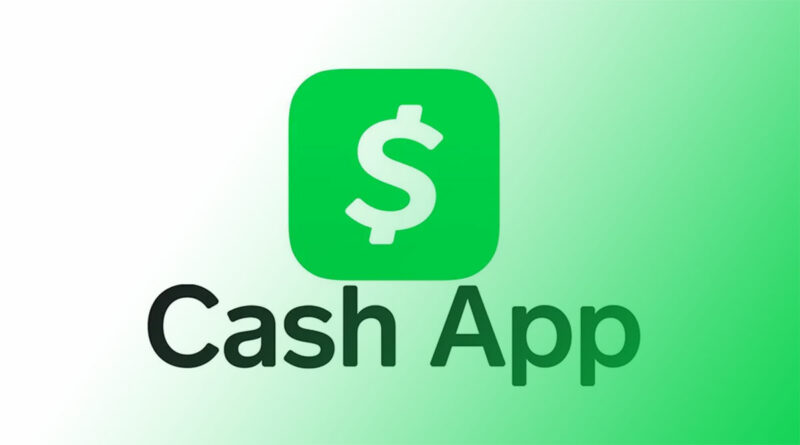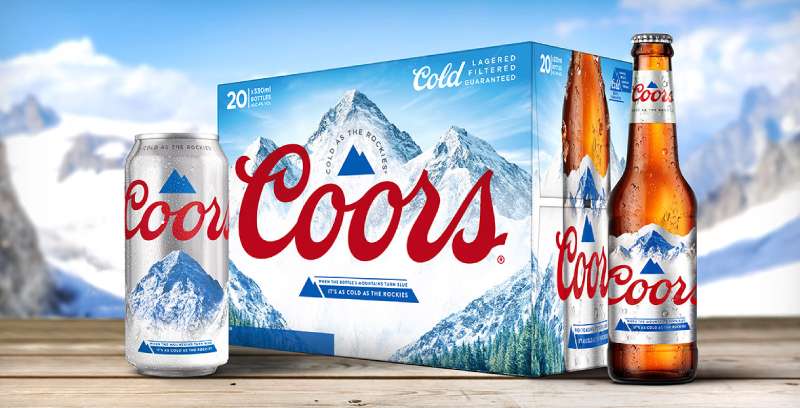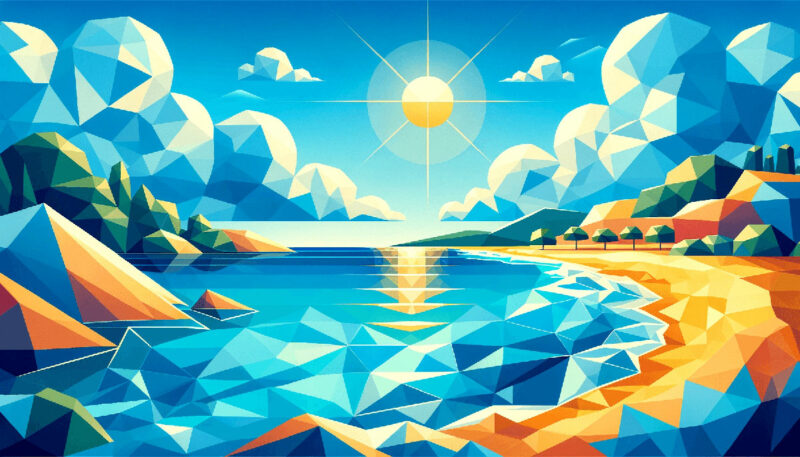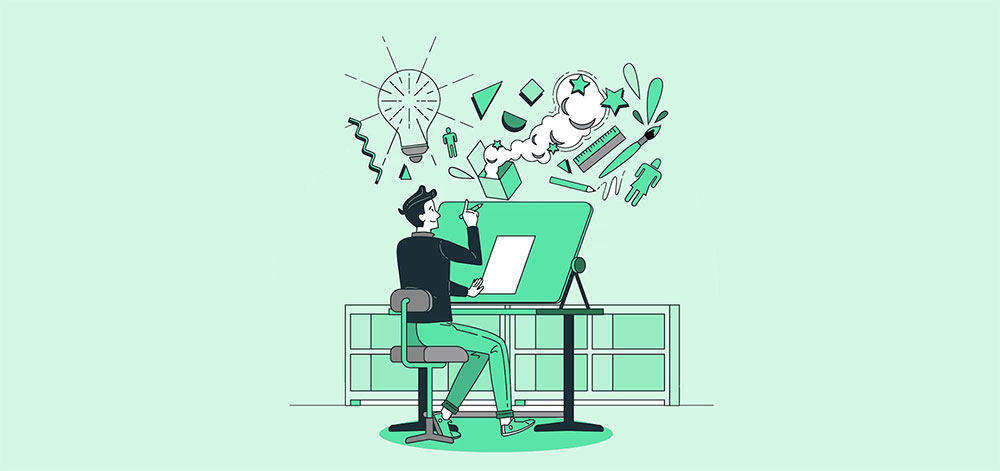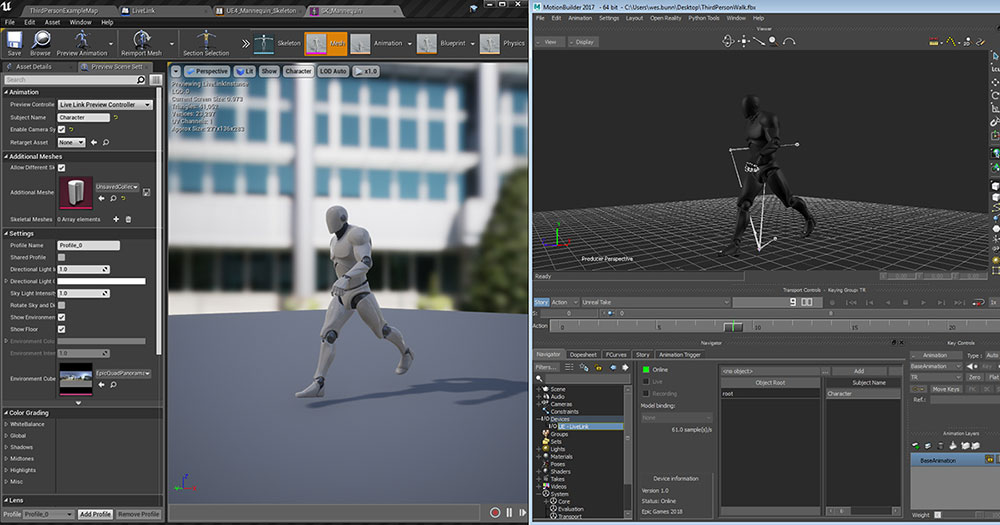Animating the Canvas: Graphic Designer vs Animator

Visual storytelling isn’t just a blank canvas; it’s an orchestrated dance between form, color, and motion. At the heart of this dynamic tango are two key players: the graphic designer and the animator.
Straddling the line that blurs static images and fluid narratives, these creatives wield tools like Adobe Creative Suite and 3D modeling to breathe life into their work.
Diving into this article, prepare to unfold the layers that distinguish these roles – from illustration techniques to character animation.
It’s not simply about choosing between logo design and frame-by-frame animation; it’s understanding the unique languages they speak in visual communication.
By the close, the screen before you will be more than pixels; it’ll be a window into the nuanced worlds of brand identity design and motion graphics.
The insights gained here aim to illuminate the paths paved by vector graphics and visual effects (VFX), empowering your grasp on these vivid professions.
Definitions and Core Concepts
Animation
So, you’re curious about the world of moving pictures, eh? Well, that’s what animation is all about.
It’s not just about drawing a bunch of pictures and playing them really fast, although that’s a part of it. Animation is that magical realm where we breathe life into characters and things, making them move, dance, and sometimes even fly. Wild, right?
Ever watched a movie and thought, “Woah, how’d they make that dragon look so real?” That’s animation doing its thing!
Now, there’s more than one way to make something move on screen. Let’s break it down:
Types of Animation
2D Animation: Remember those old Disney classics? That’s 2D. Characters and scenes are flat, like paper drawings. It’s nostalgic and has its charm.
3D Animation: Think Pixar or DreamWorks. Characters are modeled in a 3D space, kinda like virtual clay sculptures, and then made to move.
Stop-motion: This is a wild one. You create physical models, move them bit by bit, and photograph every move. Play all the pictures in sequence and boom, you’ve got Wallace and Gromit having a cheese party.
Graphic Design
Alright, moving away from moving pictures, let’s talk about the art of visuals. Graphic design is everywhere.
You see it when you’re picking up a glossy magazine, or even when you’re admiring a funky-looking bottle of artisanal soda.
Definition and Basic Principles
Graphic design isn’t just about making things pretty. Nope. It’s a calculated art of communicating ideas using visuals.
Designers play with elements, like arranging a puzzle, to convey a message or evoke emotion.
Key Elements
Typography: Fonts, dude! It’s not just about picking Comic Sans and calling it a day. It’s an art, choosing the right typeface, spacing, and size.
Color: Ever felt calm looking at ocean blue or hungry with bright red? Colors speak. And designers? They’re fluent in that language.
Layout: It’s like the blueprint of your design. Where things go, how they’re spaced – it’s all part of the grand plan.
Roles and Responsibilities
Animator

Imagine you have a toy and you want it to move on its own. As an animator, that’s your gig – to make things move and tell a story.
Creating the Illusion of Movement
It’s all smoke and mirrors, friend. Animators create frames – each slightly different from the last – and when played quickly, it tricks our brains into seeing motion. Pretty slick, huh?
Working on Feature Films, TV Shows, Video Games, etc.
From the adventures of Simba in the Savannah to playing immersive video games where dragons are as real as your gaming console – animators make that happen. They’re the magicians behind the scenes.
Techniques like Keyframing and Interpolation
Okay, quick dive into geeky stuff: Keyframing is about setting the start and end point of a motion. And interpolation?
That’s the computer working its magic to fill in the frames in between. It’s like telling a computer, “I want this ball here, then here,” and letting it figure out the journey in between.
Graphic Designer
Now, if an animator brings things to life, a graphic designer makes sure it’s dressed to impress.
Creating Visual Content for Various Mediums
Ads, magazines, posters, apps – if it’s got visuals, a designer was there.
Designing Logos, Brochures, Websites, etc.
That swoosh on your sneakers? A designer made that. The fancy website you were shopping on? Yep, a designer was there too. They’re the wizards making brands iconic.
Working on Layouts, Typography, and Color Schemes
Just like a director decides where each actor stands on stage, a graphic designer arranges elements on a canvas. Typography, color, images – it’s all orchestrated in harmony.
When thinking graphic designer vs animator, it’s not about one being better than the other. It’s like comparing guitarists to drummers. Different vibes, but both rockstars in their own right. They have their own tunes to play, stories to tell, and screens to light up.
Tools and Software
Alright, let’s dive into the treasure trove of tools, like a kid in a candy store.
These are the rad stuff professionals use, depending on whether they’re hitting the graphic design or animation groove. The age-old debate of graphic designers vs animators isn’t just about what they create, but how they do it!
Tools for Animators
Okay, first up: animators. They’re like the puppeteers of the digital realm, making characters and scenes dance on the screen.
Software like After Effects, Cinema 4D
- After Effects: Imagine a swiss army knife, but for animation. It’s where magic meets motion. Make logos spin, characters fly, or, I don’t know, create an animated zombie cat. The sky’s the limit.
- Cinema 4D: You wanna sculpt a virtual world in 3D? This bad boy’s got your back. Mountains, monsters, and…muffins? If you can dream it, you can do it.
Techniques like Keyframing, Rigging
- Keyframing: Think of it as setting the dance moves for a character. You tell ’em when to jump and when to jive.
- Rigging: Ever seen a puppet with strings? Rigging is like giving your digital character its own set of strings, so they can move and groove.
Tools for Graphic Designers
Switching gears, let’s chat about the silent rockstars: graphic designers. These folks paint the digital universe in every shade of awesome.
Software like Adobe Photoshop, Illustrator, InDesign
- Photoshop: It’s the OG. From retouching celeb photos to crafting meme-worthy masterpieces, it’s every designer’s trusty sidekick.
- Illustrator: Perfect for the bold and the vector. Crafting logos, icons, and everything in between.
- InDesign: For the ones with an editorial flair. Magazines, brochures, eBooks. Organized, sleek, stylish.
Importance of Typography, Visual Language
- Typography: Words aren’t just words. In the design world, how they look is as crucial as what they say. Fonts matter, big time.
- Visual Language: It’s the vibe, the theme, the mood. From color palettes to layout structures, it’s what makes a brand or project unmistakably unique.
Differences and Similarities
Peeling back the layers of graphic designer vs animator – let’s talk about what sets them apart and what brings them together.
Types of Projects They Work On
- Animators: Epic movies? Check. Cool video games? Double-check. Advertisements that make you go “wow”? Absolutely.
- Graphic Designers: The logo on your tee, the captivating ad in a magazine, the sleek layout of that website you splurged on last night.
Skills and Techniques Used
While both live and breathe art, the ways they roll are kinda distinct.
- Animators: Storyboarding, modeling, lighting, texturing. Oh, and making things move (obviously).
- Graphic Designers: Layout design, brand building, typography. Crafting visuals that pop and sizzle.
Career Paths and Job Outlook
In this digital age, both fields are booming. But here’s a quick snapshot:
- Animators: Big movie studios, gaming companies, or even freelance gigs from the comfort of your PJs.
- Graphic Designers: Advertising agencies, print media, web design firms. Or, again, rocking the freelance world.
Career Insights
Let’s hit the streets and dish out the real talk on the whole graphic designer vs animator gig.
You’re thinking of dipping your toes in? Or maybe diving in headfirst? Either way, I gotchu. Let’s break it down.
Education and Training
Importance of Formal Education
Look, I’m gonna be straight with you. Having a degree under your belt? It’s like having a backstage pass to the best concert in town.
Not only does it open doors, but it also hones your skills. But hey, it’s one of those “nice-to-haves,” not “got-to-haves.”
Alternative Paths to Entering the Field
Alright, real talk. College ain’t for everyone. And that’s cool. So many peeps are making waves through online courses, workshops, or by just winging it with YouTube tutorials.
The hustle is real, but so are the rewards.
Job Market and Demand
Growing Industries and Opportunities

Digital is the new black, ain’t it? Every biz, big or small, needs a digital facelift. And that’s where the magic of graphic designers and animators comes in.
Whether it’s the gaming industry, movies, or that hipster coffee shop down the lane wanting a flashy sign, opportunities are popping up like crazy.
Competitive Nature of the Job Market
But here’s the flip side. With great power comes… loads of competition. Everyone wants in on the action.
Your neighbor, that quiet kid from school, your Aunt Karen. Everyone. So, what’s gonna set you apart in this graphic designer vs animator world? Your unique style, endless hustle, and maybe a sprinkle of luck.
Earning Potential
Average Salaries for Animators vs. Graphic Designers
Cash money! That’s what we’re all after, right? Animators? They’re raking it in, especially if they’re in movies or gaming.
Graphic designers? They’re killing it too, especially if they land gigs with big brands or agencies. But let’s keep it 100: it varies. Location, experience, the whole shebang affects that paycheck.
Factors Affecting Earning Potential
- Location, location, location: Big city? Bigger bucks.
- Experience: More years, more moolah.
- Special skills: Got a knack for something niche? Ka-ching!
FAQ On Graphic Designer Vs Animator
What’s the main difference between a graphic designer and an animator?
Graphic designers emphasize visual communication; they create still media like brand identities, infographics, and web layouts. Animators, on the flip side, bring drawings or models to life, crafting movement and narrative, often in the realm of film, games, or online media.
How does the workflow of a graphic designer compare to that of an animator?
Graphic designers often juggle multiple projects, focusing on typography, color theory, and mockups for clarity in message. An animator’s workflow leans heavily on sequential frames, timing, and the fluidity of motion graphics, which can mean longer project durations.
Can a graphic designer work as an animator, and vice versa?
Sure, there’s crossover, especially with digital skills. Yet, each field does have its toolkit, like Photoshop for designers and Maya for animators. The leap from static to motion design is hefty, with a learning curve on animation principles and software.
Which requires more technical skill, graphic design or animation?
It’s not about ‘more’ but ‘different’ technical skills. Graphic design involves mastery in tools like Adobe Illustrator; animation requires understanding of motion tools and keyframe animation. Each domain demands a sharp skill set tuned to its own complexities.
Are the career prospects different for graphic designers and animators?
Absolutely. Graphic designers find spots in marketing, branding, or publishing firms. Animators might snag roles at animation studios, film, or in the booming game industry. Each forge paths quite apart, with distinctive growth opportunities and industry demands.
Do graphic designers and animators use the same software?
They share some Creative Suite tools, like After Effects. But designers might lean on Vector graphics software, while animators require robust 3D renderings tools. They operate within different spokes of the same wheel.
What educational background is typically needed for each profession?
Graphic designers usually earn degrees in graphic design or fine arts, focusing on design theory and practices. An animator’s education might be more specialized in motion, storyboarding, and character animation, though both fields treasure a solid art foundation.
How important is storytelling in graphic design and animation?
It’s central but plays out differently. In graphic design, story unfolds through visual hierarchy and imagery. In animation, storytelling is literal through time, with visual narratives guiding viewers across each frame.
What are the salaries like for graphic designers versus animators?
Salaries vary widely by location, experience, and specialization. Animators can command higher fees for complex CGI effects, though senior graphic designers, especially in brand identity design, can level up to comparable compensation brackets.
Is freelancing viable for both graphic designers and animators?
Oh, totally. Freelancing’s a, let’s say, hit box for creative pros. Graphic designers can offer services to diverse clients, while animators might find gigs across digital arts and entertainment. Each has found a niche in the gig economy.
Conclusion
We’ve journeyed through the vibrant landscapes where graphic designer vs animator sling their creative spells, arming ourselves with insights that slice through the fog of ‘which-and-what’ like a vector graphic through pixels. It’s about the harmony of still imagery swaying alongside the rhythm of motion, each playing their melodies in the grand symphony of visual arts.
- Graphic Designers: They’re the architects of first impressions, aligning typography and color theory to the heartbeat of brands and the gaze of audiences.
- Animators: Whisperers of storytelling, setting scenes in perceptive play, animating the inanimate with a specter of motion graphics and visual effects.
By the curtain close, the understandings gleamed set a table rich with possibilities—whether it’s embracing the structured artistry of graphic design or diving into the serial drama spun by animation. So, grab that digital pen or fire up the animation software; it’s showtime in the digital coliseum, and the spotlight’s all yours.
If you liked this article about graphic designers vs animators, you should check out this article about graphic designers vs UX designers.
There are also similar articles discussing graphic designer vs illustrator, graphic designer vs art director, graphic designer vs web designer, and graphic designer vs digital artist.
And let’s not forget about articles on graphic designer vs visual designer, how to become an illustrator, how to become an art director, and how to become a graphic designer.
- Green Color Palettes for Designers To Use - 11 May 2024
- Digital Style: What Font Does Cash App Use? - 11 May 2024
- The Coors Light Logo History, Colors, Font, And Meaning - 10 May 2024



